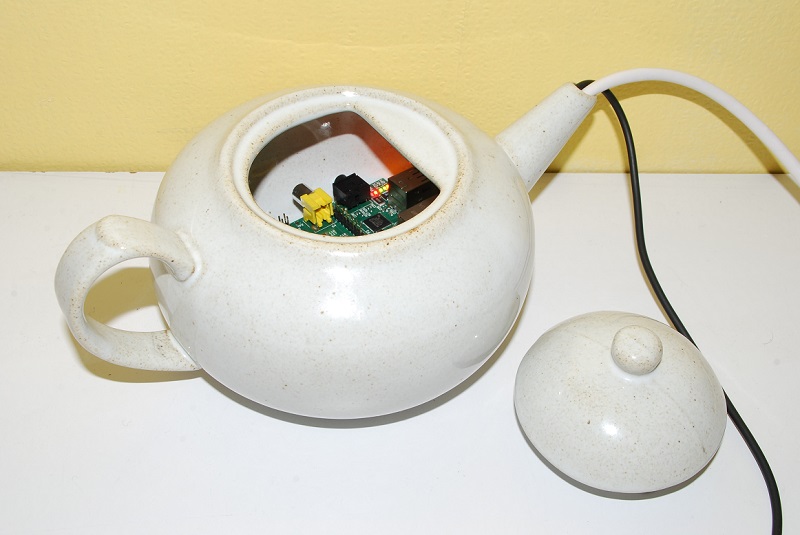Working with APIs
Zapier has an excellent intro to APIs by by Brian Cooksey. The images and diagrams used on this page is from his post. Please read it here.
Requests and Responses
Working with APIs using HTTP depends on the request and response cycle. You send a request to the server, and it lets you know if your request was successful or by sending an HTTP Status Code with a special meaning, and will optionally send back data.
HTTP Methods
The HTTP Method (or verb) is how you tell the server which type of operation you’d like to perform.
GET- Ask the server to get a resource.POST- Ask the server to create a resources, with the data that you’ve provided.PUT- Edit or update a resource.DELETE- Delete a resource.
Headers, Body, Parameters
We can add additional to our request through headers, a body or URL parameters.
For today, we’ll only be using URL parameters. They look like https://example.com?var1=foo&var2=bar.
Response Types
Servers can respond in a variety of file formats, like JSON, XML, and others.
These days, JSON is the most common format. For many servers, it’s the default if you don’t specify a response type.
JSON is a common format of capturing data, and it’s easy to read and generate from a variety of programming languages.
A JSON example:
[
{
"name": "New York",
"pop": 8550405
},
{
"name": "Los Angeles",
"pop": 3971883
},
{
"name": "Chicago",
"pop": 2720546
},
{
"name": "Houston",
"pop": 2296224
},
{
"name": "Philadelphia",
"pop": 1567442
}
]
HTTP Status Codes
HTTP Status Codes is a numerical response from the sever, indicating the status of your request.
They tend to fall into these categories:
1xx: Informational- Not commonly used.
2xx: Success200 OK- Standard response for successful HTTP requests.201 CREATED- A new resource was created successfully.
3xx: Redirection301 Moved Permanently- This and all future requests should be directed to the new URL.
4xx: A Client Error404 Not Found- An entry wasn’t found based on the information the client gave.
5xx: A Server Error500 Internal Server Error- Something went wrong with the server.
Because HTTP Status Codes are boring, we can try to remember them with cats instead!
| code | cat |
|---|---|
200: OK |
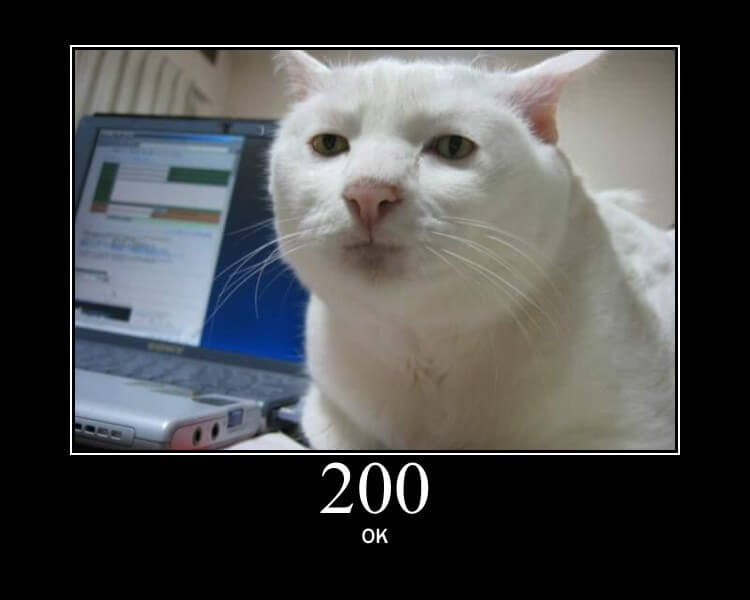 |
301 Moved Permanently |
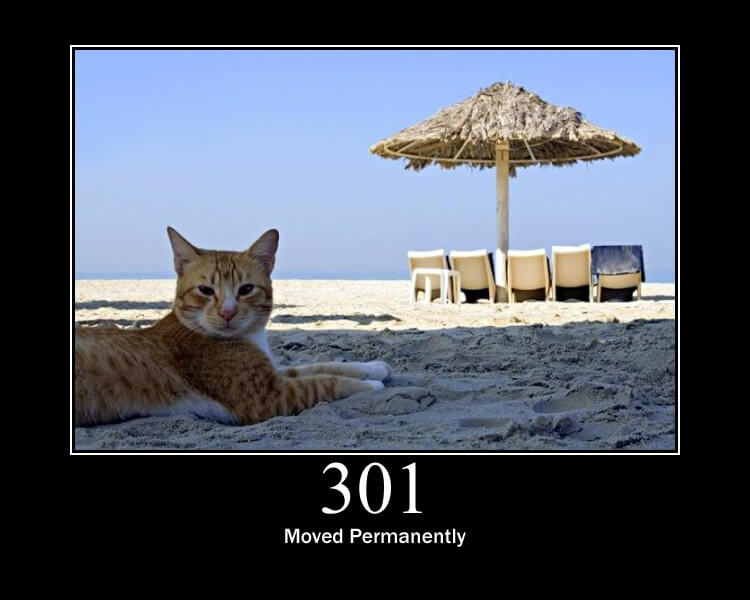 |
404 Not Found |
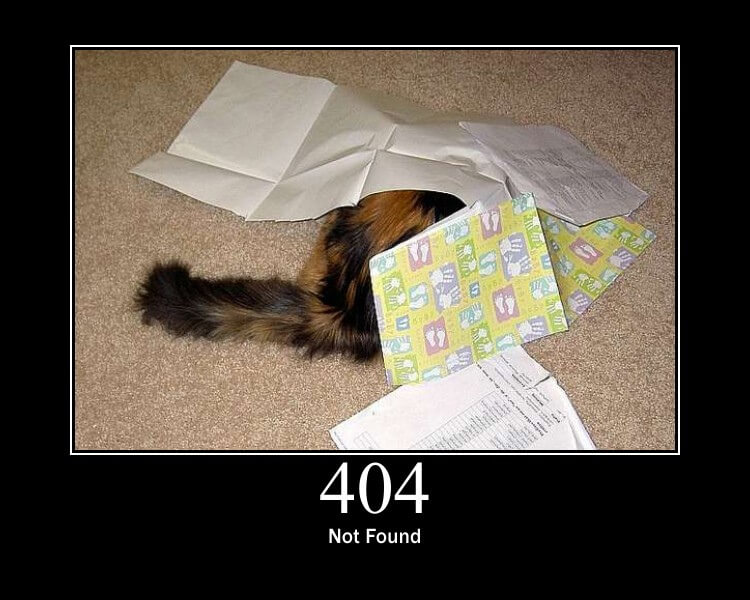 |
500 Internal Server Error |
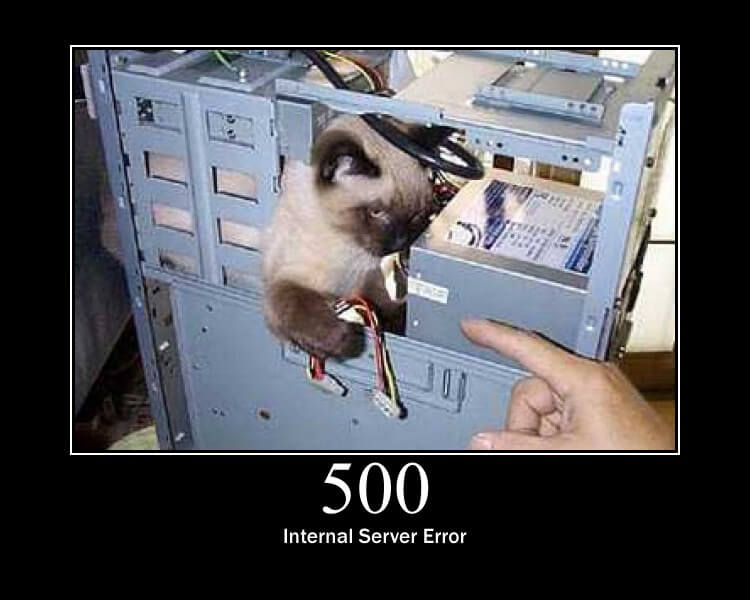 |
Provided by this awesome API.
Easter Egg - I’m a Teapot
One of my favorite bits of internet trivia is that in 1998 as an April fool’s joke, HTTP Status Code 418 I'm a teapot, a.k.a the Hyper Text Coffee Pot Control Protocol was implemented. You can pass the BREW command to it, to signal starting brewing a cup of coffee.
Authentication
There are several ways of authenticating to APIs, but they are out of the scope of this class.
To learn more about authentication, visit:
- (Concepts) Zapier - Authentication Part 1 andAuthentication Part 2 by Brian Cooksey
- Using authentication in the
requestslibrary documentation.

